
Clinical Pathways
Latest News
Latest Videos

CME Content
More News

The National Comprehensive Cancer Network (NCCN) Thursday released its first set of clinical practice guidelines for pediatric cancer, saying the new acute lymphoblastic leukemia (ALL) guidelines are the first of several planned to address various pediatric cancers.

Updates on reporting otucomes and pathway design from Patient-Centered Oncology Care®.

Roadmap to Success in the Oncology Care Model: Tapping Into Human Potential via Sustained Engagement
The authors, led by Kashyap Patel, MD, offer the first in a series of articles on how Carolina Blood and Cancer Care Associates leveraged the strength of its team to take part in the Oncology Care Model.

Molly MacDonald, the founder and CEO of The Pink Fund, writes about how patients with breast cancer can approach decisions about choosing among disparate treatment protocols.
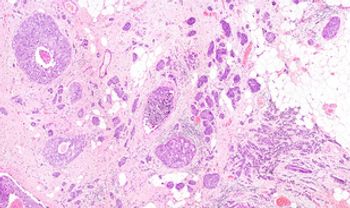
A recent study of abemaciclib, a cyclindependent kinase 4 and 6 inhibitor for metastatic breast cancer, found that it helped all women with hormone receptor–positive, human epidermal growth factor receptor 2–negative disease, and that it was particularly beneficial in women with a worse prognosis.

As new breakthrough therapies are approved, clinical pathways have to be kept updated in order for patients to get the best treatments, said Robert Daly, MD, MBA, medical oncologist, Memorial Sloan Kettering Cancer Center.
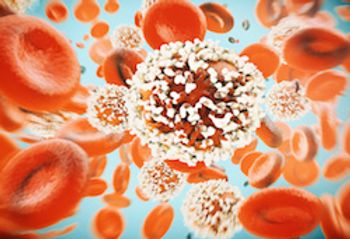
During the San Antonio Breast Cancer Symposium held in San Antonio, Texas from December 4-8, 2018, Biotheranostics presented new data evaluating the impact of the Breast Cancer Index (BCI) in patients with early stage hormone receptor positive (HR+) breast cancer who are classified as an immediate risk for distant recurrence by previous genomic testing.

Competing breast cancer tests vie for attention from clinicians and payers at the San Antonio Breast Cancer Symposium.

BioNTech AG, a drug developer that specializes in cancer immunotherapies, announced last month new results from a clinical performance evaluation study of a molecular in vitro diagnostic test for quantitative detection of mRNA expression of certain genes.

Improvements in treatments have led to less toxicities and better quality of life for patients with breast cancer, said Lawrence N. Shulman, MD, director of the Center for Global Cancer Medicine at the Abramson Cancer Center, and professor of Medicine at the Hospital of the University of Pennsylvania.

In a multicenter study, only 1 in 5 women at increased risk of breast cancer reported a strong need for tamoxifen preventive therapy, according to a report published Monday.

In a study presented at the annual meeting of the Radiological Society of North America (RSNA), researchers found that starting mammography screening at age 30 may benefit women with at least 1 of 3 risk factors: dense breasts, a personal history of breast cancer, or a family history of breast cancer.

Fibroblasts play a role in the spread of cancer, and a recent study showed that breast tumors can boost their growth by recruiting bone marrow–derived mesenchymal stromal cells to primary breast tumors

In 2015, NCCN introduced the NCCN evidence blocks which is a tool that allowed for clinicians and patients to have a conversation about what is important to a patient’s individual value system, said Lyn Fitzgerald, senior vice president of US & Global Development at NCCN.
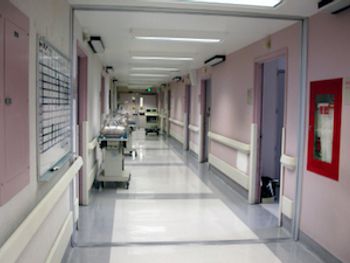
The Abramson Cancer Center of the University of Pennsylvania will become the 28th member institution to join the National Comprehensive Cancer Network (NCCN), it was announced Tuesday.
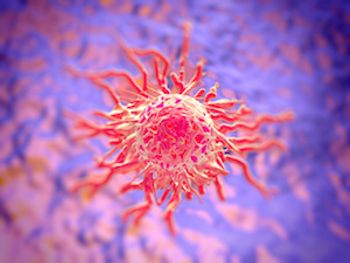
A recent review looked at the role lipocalin 2 (LCN2), a secreted glycoprotein that transports small lipophilic ligands, might play in metastatic triple-negative breast cancer (TNBC) and the possibility of potential LCN2-targeting agents.

A recent study sought to learn more about how estrogen receptor signaling occurs in vivo in normal and cancerous tissue.
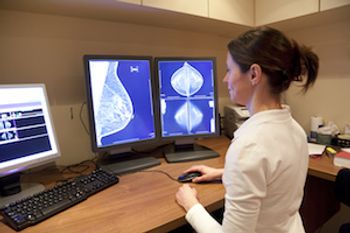
Researchers recently reported findings from a study designed to determine patient attitudes about mammographic reporting of breast arterial calcification (BAC), result of the BAC communication, and subsequent action.



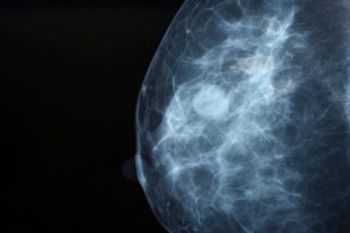
Massachusetts General Hospital (MGH) is using artificial intelligence (AI) to process screening mammographies after a retrospective study found that AI can measure breast density—a risk factor for having tumors that could be missed during a scan—at the screening level of an experienced radiographer.

A new study offers insights into ways to improve breast cancer screening with a new understanding of how genetic risk variants affect disease progression and mode of detection. The study found that the presence of certain rare mutations was indicative of increased risk from interval breast cancers and death.

As with other kinds of surgery, patients undergoing operations for breast cancer can experience persistent postsurgical pain, which can negatively affect quality of life. Researchers in Tokyo conducted a study to see if they could determine the predictive value and accuracy of an acute pain trajectory, measured by pain intensity at 1 day after the surgery and pain prevalence at 6 months later.

The field of patient-reported outcomes (PROs) has witnessed a slow and steady progress over the past few years. Here are a few recent developments with utilizing and measuring PROs.












































